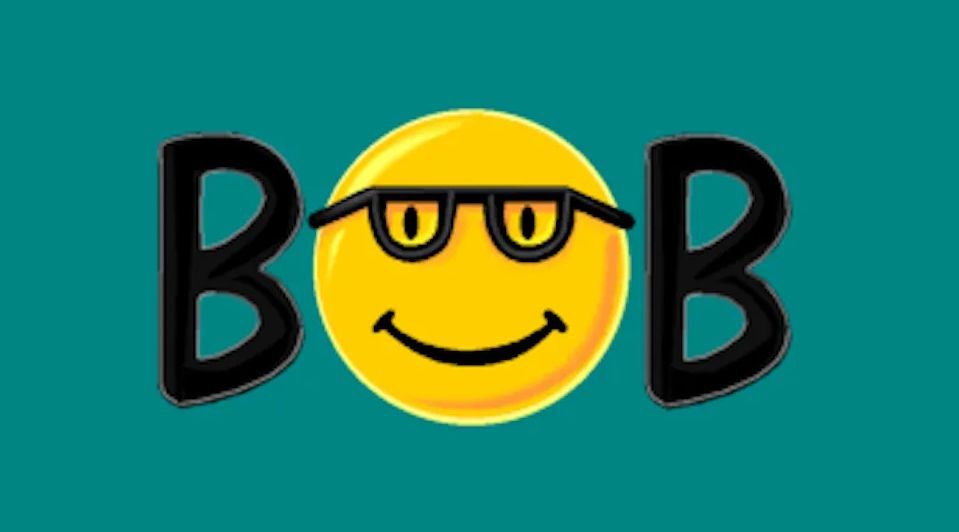Earlier this week, Windows 11 users in the Insider program were able to finally try out the new generative AI assistant Windows Copilot with a new build in the Dev Channel. Once those users enable it, they can see if all the AI hype will translate into a truly helpful feature for Windows PC owners.
Of course. Microsoft has made more than one attempt to make using Windows and its apps easier for “normies”. We’ve already looked back at the ill-fated “Clippy” Office Assistant feature.
Since Clippy was officially shut down, many people have grown fond of that animated paperclip. Indeed, a third-party developer released an unauthorized Windows 10 and 11 version of Clippy that uses ChatGPT earlier this week.
While Clippy may no longer be looked at as annoying as he once was, there’s no one who is fond of Microsoft Bob. This piece of software was supposed to make Windows PCs easier to use, just as Copilot is supposed to be doing. Instead, Microsoft Bob quickly disappeared almost as soon as it launched.
In the mid-1990s, personal computer prices were going down, and the use of the internet was going up. At the time of Bob’s launch in March 1995, Microsoft’s most recent Windows version was Windows 3.1.
The company felt that many people who were buying a PC at the time couldn’t navigate the native user interface in 3.1. So, they came up with a UI overlay that used art and animation to make things simple.
According to Microsoft employee Raymond Chen in a blog post from 2016, the code name for this software in Microsoft was “Utopia”. That certainly indicated the hope that this software would be the perfect way for normal consumers to quickly start using their Windows PCs.
What the project came up with is making the UI look like the inside of an ordinary home. The idea was that people could look at the interface and see familiar objects that, when clicked on, would launch the appropriate Windows 3.1 application.
If you clicked on the bag that had a dollar sign, you would launch Microsoft Excel. If you clicked on the pen and paper on the desk, Word would launch. The UI also used something similar to Clippy with animated figures like a dog that would assist you with navigating the interface.
The truth is that it made sense at the time for Microsoft to come up with an alternative way to use Windows 3.1. The basic idea of using a graphical interface to launch Windows features and apps is a sound one. However, it was the execution of this product that was the big issue.
One of the first problems was the final name of this software. Chen stated in his blog, “When we learned that the marketing folks had decided to name the product Bob, we all shook our heads in disbelief.” Yep, “Bob” just didn’t really describe what this software was designed to do. It’s just, well, a name seemingly picked from random.
It wouldn’t have mattered if the software was supposed to be what Microsoft first envisioned. When Bob launched in March 1995, the final result was poor, to say the least. The UI made it look like you were playing a game, and a kid’s game at that, rather than making Windows 3.1 easier to use.
Oddly enough, Melinda Gates, before she married and then divorced Microsoft co-founder Bill Gates, was the head of marketing for Microsoft Bob, In a LinkedIn post from 2017, she admitted that it just didn’t work, saying:
I understood that flops like this were part of the process—in fact, we used to joke that you had to have a major failure to get your first promotion—but that didn’t make them any more pleasant. Until that point, I’d made most of my mistakes on expense reports. Failing so hard—and so publicly—was a new experience entirely.
In short, Bob was a critical and sales disaster for Microsoft and, after a small software update in August 1995, the company discontinued selling the software in early 1996.
By that time, Microsoft was all in with Windows 95, complete with its own marketing program that showed first-time users how to navigate it without any cartoon-like pets in an animated 2D living room. Even Microsoft’s former CEO Steven Ballmer, in a 2006 interview with CRN, stated:
We’ve been fortunate. There is nothing that we have undertaken — with a couple of exceptions like Microsoft Bob that I’ll cop to in advance — where we have decided that we have not succeeded and let’s stop.
Since its release, Time Magazine named Microsoft Bob one of the 50 worst inventions of all time, and PC World put it at number 7 on its list of the 25 worst tech products of all time.
Perhaps the one good thing that came out of Bob was the Comic Sans font. According to a BBC article in 2010, Microsoft employee Vincent Connare noticed that the animated dog in Bob used Times New Roman when he “spoke”.
Connare felt that was a poor choice and made Comic Sans to be used instead. Ironically, Comic Sans didn’t end up being used for the dog in Bob for technical reasons, so it was later added as a font option for Windows 95. At least Comic Sans is still available, while Bob is regulated to the dustbin of software boxes.

